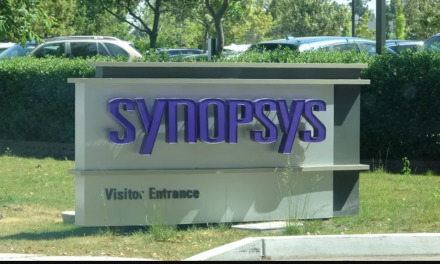Blockchain’s Role in Ensuring AI Trustworthiness
The ubiquitous presence of AI in our daily routines, ranging from personalized online shopping suggestions to smartphone-based virtual assistants and advanced language models like ChatGPT, is undeniable. Despite the convenience these technologies offer, a crucial question often goes unaddressed: Can we trust the algorithms that power them? Enter blockchain technology, often lauded as the digital world’s beacon of trust, which is now stepping up as a potential key to this conundrum.
The Hidden World of AI Algorithms
The AI domain is predominantly opaque, as many machine learning models are not accessible to the public. This lack of visibility leaves users with no choice but to trust these models to function as advertised. The absence of transparency extends to fundamental aspects of these models, such as their operational mechanics, the exact number of parameters they use, or if they are even activated in response to our queries to systems like ChatGPT.
AI Transparency: A Familiar Concern
This scenario echoes the criticisms previously directed at social media platforms for their non-transparent news feed algorithms. A notable development occurred when Elon Musk, following his acquisition of Twitter, made the platform’s algorithm, now known as the X Algorithm, publicly available on GitHub. However, this raises a critical question: Can we verify that this publicly available algorithm is the same one curating our content?
Translating this issue to the field of machine learning, a similar challenge arises. Even if organizations like OpenAI were to open-source their models, there would still be no definitive way to confirm if those are the exact models being used in response to our queries. This situation highlights the importance of not just openness but also verifiable transparency, especially in an era increasingly concerned with AI fairness and bias.
Blockchain as a Transparency Tool
Blockchain technology could be instrumental in providing this much-needed transparency. By employing blockchain, we could generate cryptographic evidence of a model’s inference, which is essentially the process of querying a model. Through ‘zero-knowledge proofs’ (ZKPs), it’s possible to authenticate that a model has been queried, how it was prompted, and which specific model was used.
ZKPs are a cryptographic technique that allows the demonstration of a completed task without revealing the details of how it was accomplished. In the context of machine learning, this evolves into zkML—validating that a specific model has been executed without disclosing the computation involved.
The Potential and Challenges of ZKPs in Blockchain
Notably, ZKPs have been integrated into blockchain platforms like Ethereum as a scaling solution. These proofs can be verified quickly, despite the potentially lengthy computations they represent. Consequently, they are increasingly seen as an efficient way to enhance computational capacity within blockchain systems, including both transactional and computational aspects.
However, integrating ZKPs with ML inference is not without its challenges. The cost of implementing zkML is currently prohibitively high, making it impractical for frequent use. This reality necessitates exploring more cost-effective alternatives.
An Optimistic Approach to Scaling
Here, ‘optimistic rollups’, a blockchain scaling solution, could offer a more feasible approach. These Layer-2 solutions, exemplified by Optimism and Arbitrum, generate proofs only when transactions are disputed. Applying this principle to ML, ‘opML’ could be developed where proofs are produced only upon challenge, potentially reducing the verification effort for each inference.
This proposed solution could be particularly beneficial for applications where intermittent verification is adequate, thus achieving a balance between operational efficiency and security.
Looking Forward: Blockchain-AI Integration
The integration of blockchain technology with AI presents an opportunity to ensure that the algorithms we rely on daily are not just presumed reliable but are demonstrably so. This synergy between blockchain and AI promises to foster not only technological progress but also to instill a deeper level of trust and transparency for users engaging with these systems in their everyday lives, marking a significant step forward in the responsible use and governance of AI technologies.





